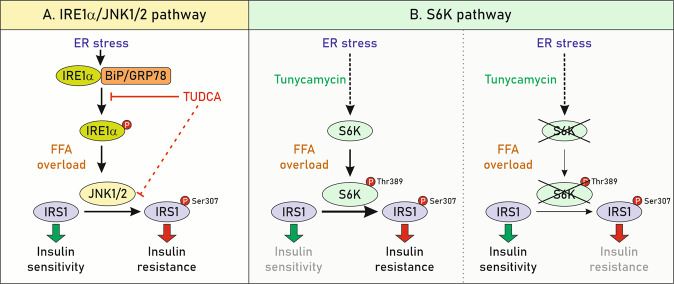Fig. 3. FFAs-mediated ER stress signalling contributes to hepatic insulin resistance during NAFLD.
a JNK1/2, activated by IRE1α, promotes inhibitory serine phosphorylation of the insulin receptor substrate 1 (IRS1)139, which interrupts insulin-dependent signalling. The key role of IRE1α–JNK1/2 was evidenced by the fact that the chaperone TUDCA, an ER stress inhibitor, blocked the activation of JNK1/2 and IRS1 serine phosphorylation, thereby preserving the integrity of the insulin signalling cascade. b S6K1 is phosphorylated at Thr389 in response to PA9,140, a mechanism described earlier to mediate IRS1 phosphorylation at Ser307141. In line with these findings, S6K1 deficiency in hepatocytes blocked the effects of tunicamycin, a classical ER stressor, and also ameliorated PA-induced insulin resistance, suggesting that targeting S6K1 is an attractive strategy against ER-mediated lipotoxicity and insulin resistance9.

